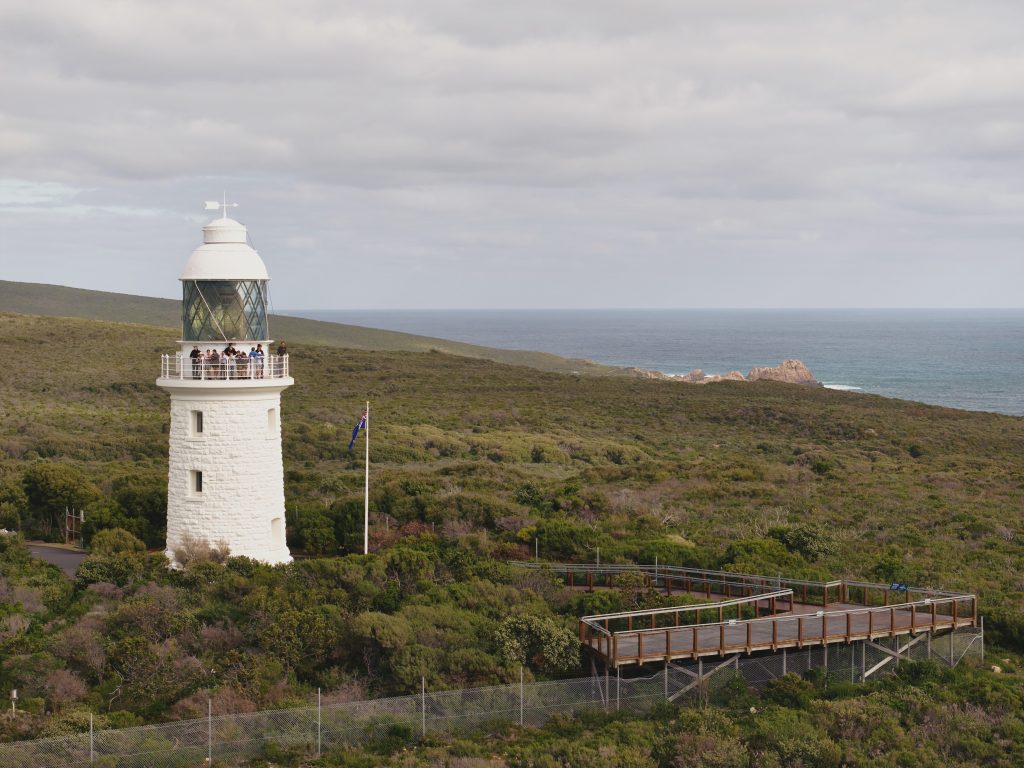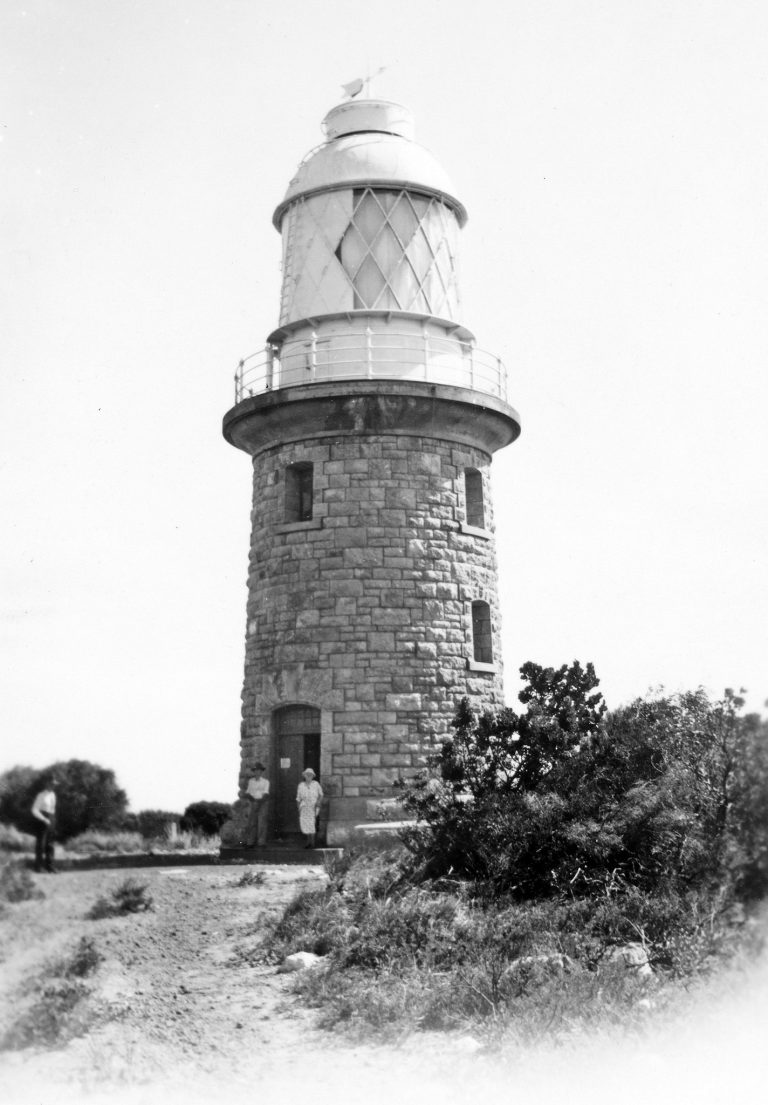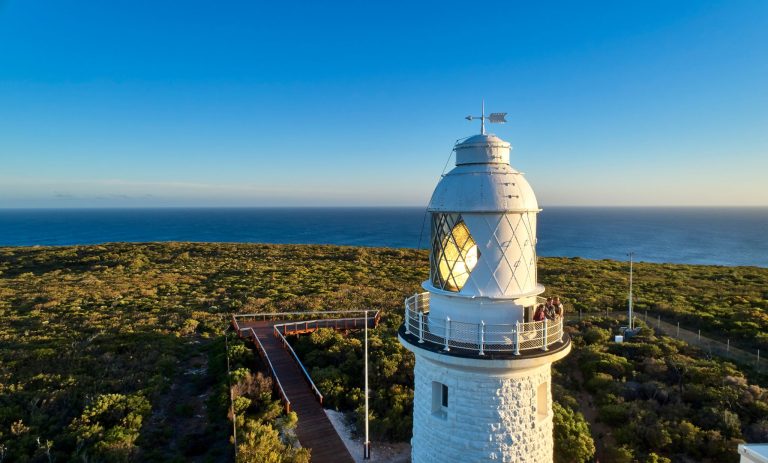Standing 20 metres tall, the Cape Naturaliste Lighthouse is a stout, grey stone tower with a simple yet commanding presence.
The 14 foot diameter lantern, crafted by the famous Chance Brothers of Birmingham, England, is part of the lighthouse’s original equipment, much of which was sourced from this renowned manufacturer, who supplied much of Australia’s early lighthouses.
The last manned lighthouse on mainland Australia
In July 1978, the lighthouse became fully automated, and by 1996, it had seen its last human keeper—Cape Naturaliste Lighthouse was the last manned lighthouse on mainland Australia.
Today, the station is powered by mains electricity, with a backup battery system in place, and all maintenance is handled by the Australian Maritime Safety Authority.







